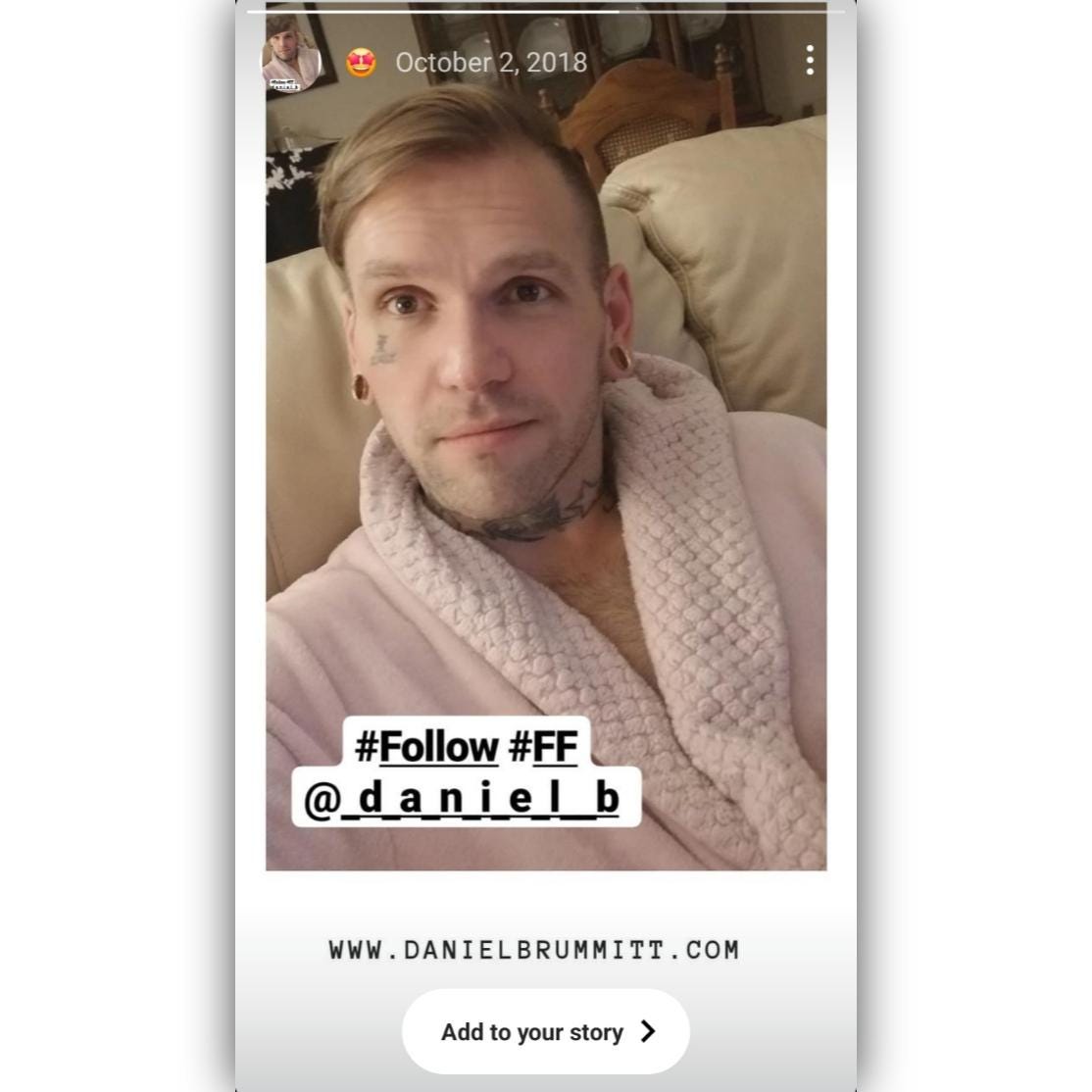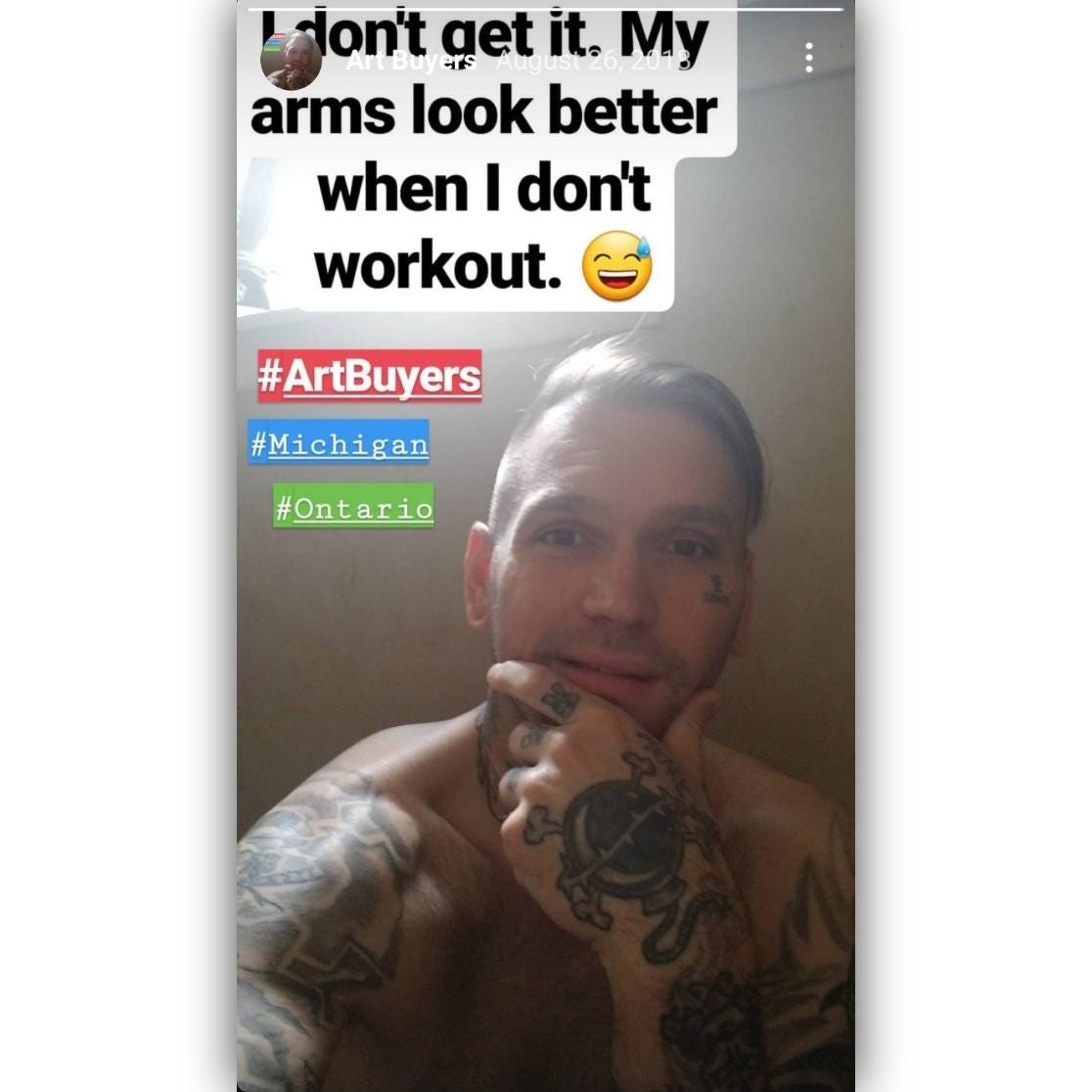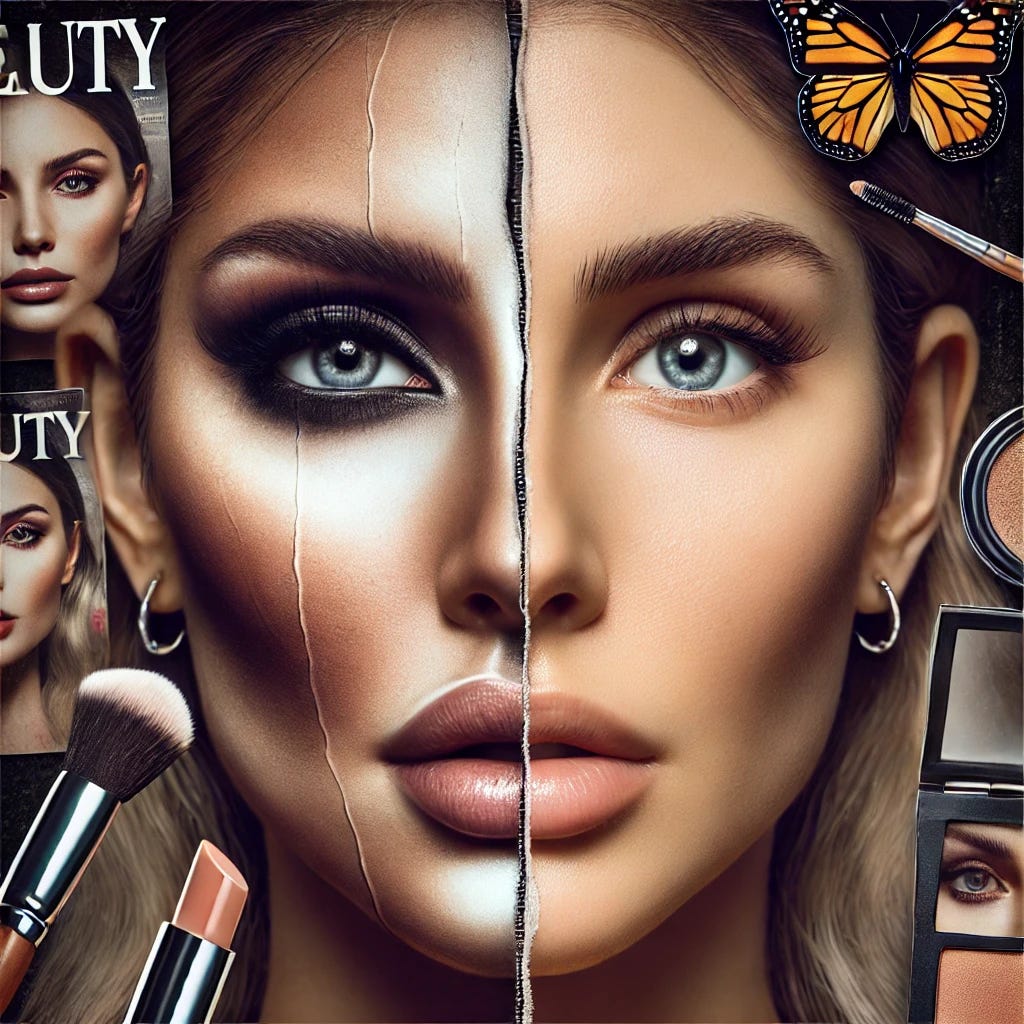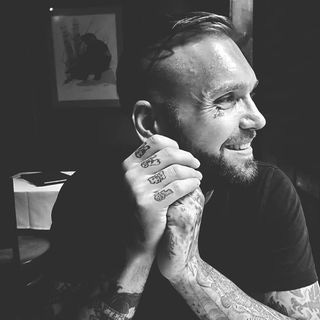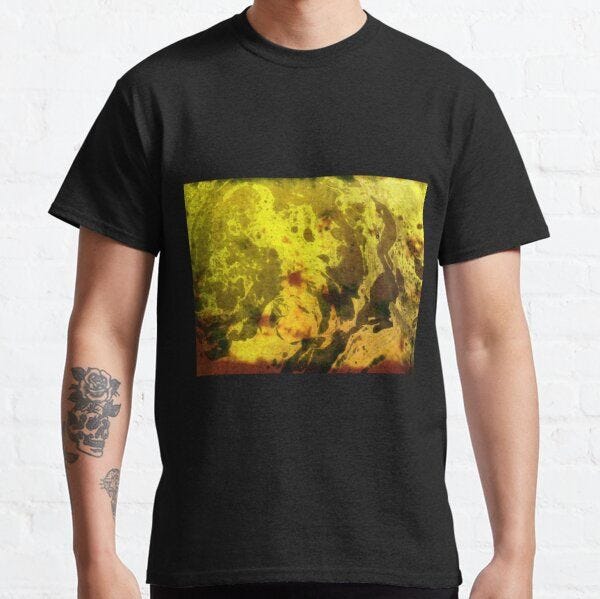The Dark Side of Beauty Advertising
Selling Insecurity
The Dark Side of Beauty Advertising: Selling Insecurity In the early 20th century, advertisers discovered a goldmine: women's insecurities.
As soap manufacturing boomed, marketers realized they could expand their market beyond basic cleaning needs.
They set their sights on housewives, a demographic often at home during the day and exposed to radio and print advertisements.
The strategy was simple yet effective: create a problem, then sell the solution.
Advertisers began to promote the idea that natural body odors were socially unacceptable.
They suggested that without their products, women risked becoming unattractive and undesirable.
Soap was no longer just for cleanliness – it became a weapon against social rejection.
This approach wasn't limited to soap.
Cosmetics, hair products, and skincare items all followed suit.
Marketers played on women's fears of aging, imperfection, and social ostracism.
They crafted narratives suggesting that without these products, women would fail to attract or keep a husband, succeed in their social circles, or feel confident in themselves.
The timing was crucial. With many men away at work, advertisers had a captive audience in housewives.
They bombarded them with messages that equated beauty products with self-worth, love, and success.
The products themselves often cost little to produce, but clever marketing convinced women they were essential.
This manipulative approach set the stage for decades of beauty industry tactics.
By creating and then exploiting insecurities, advertisers turned simple hygiene products into must-have beauty essentials, forever changing how women viewed themselves and their need for these products.
In recent years, a similar pattern has emerged in advertising strategies targeting Black consumers, albeit under the guise of diversity, equity, and inclusion (DEI) initiatives. Market research has identified this demographic as a significant consumer force, with data suggesting a higher propensity for luxury purchases and brand loyalty.
For instance:
63% of Black women surveyed are more likely to purchase luxury vehicles than the general market.
Black women are twice as likely to shop at high-end retailers like Neiman Marcus compared to the general public.
Nearly 40% of Black women consider themselves trendsetters.
Advertisers, recognizing these trends, have increased representation of Black individuals in commercials and marketing campaigns. While this increased visibility can be seen as positive progress in media representation, it may also serve a dual purpose of tapping into a lucrative market.
The strategy mirrors historical tactics:
Identify a target audience (Black consumers with growing buying power)
Create or amplify perceived needs or insecurities
Present products, especially luxury items, as solutions to these needs
Use cultural resonance and representation to build brand loyalty
Critics argue that this approach, while cloaked in the language of inclusion, could have unintended negative consequences. By encouraging high-end or unnecessary purchases, these marketing strategies might potentially lead to financial strain in communities already facing economic challenges.
As with the historical targeting of white women, this modern approach raises questions about the ethics of exploiting cultural desires and insecurities for profit. It underscores the need for consumer awareness and financial literacy across all demographics to counteract potentially manipulative marketing tactics.
When an artist conveys their personality or feeling is art what is it called?
When an artist conveys their personality or feeling through their work, it is called expressive art.


